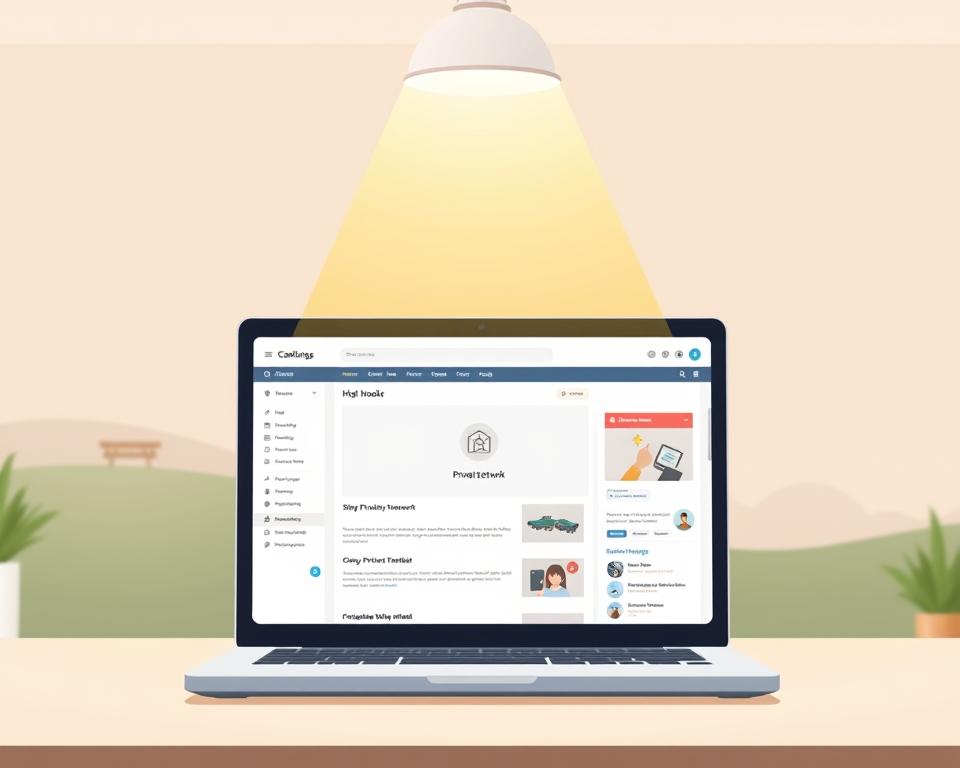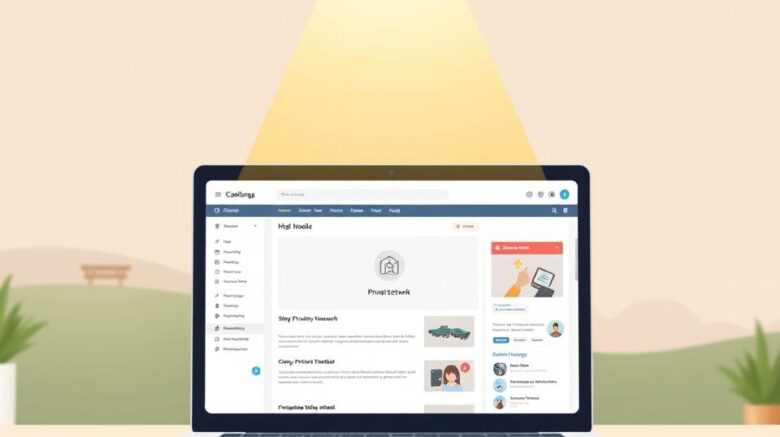Private Blog Network Link Overview
Did you know nearly 60% of SEO professionals have used private blog network links? The appeal of a Private Blog Network (PBN) is its power to boost a website’s authority. This can lead to better rankings in search engines. Yet, what truly defines a Private Blog Network in the SEO world? It might seem like a quick way to climb the ranks, yet using PBN SEO services poses significant risks. Those dangers include harsh Google penalties. We’ll unpack what what is guest posting are and why so many SEOs can’t resist them.
PBN Explained
Essentially, a PBN is a cluster of blogs designed to funnel link juice to a primary domain. It works by sending SEO value via backlinks from secondary sites to your core site. Many PBNs use expired domains, which retain some authority, to create a credible facade for search engines like Google.
The purpose of a PBN is clear. Webmasters deploy them to bolster their SEO profiles. They achieve this through:
- Securing high-value links that elevate SERP standings.
- Controlling the quality and relevance of these backlinks.
- Fostering a web of sites that exchange links in a natural-looking manner.

How do Private Blog Network Links Work?
They function by simulating organic endorsements through private blog network backlinks. By funneling link juice from a PBN site, you trick search engines into boosting your site’s authority.
SEO practitioners meticulously map keyword and domain usage throughout their network. Yet despite potential instant gains, the method carries grave dangers.
Success hinges on embedding links in contextually relevant, high-quality content.
The Advantages of Using Private Blog Networks
A private blog network (PBN) offers numerous advantages for SEOs looking to enhance their backlink profiles. You gain tight oversight of each link’s placement and anchor text.
Expired domains give you a head start on link authority.
Further, the flexibility found in PBNs allows for precise targeting of keyword-rich anchor texts.
The Risks Associated with Private Blog Networks
PBNs carry significant risks that every SEO strategist must weigh. Primary among these is the threat of manual or algorithmic penalties from Google.
Why PBNs Still Tempt SEOs
Guest posting and manual outreach take time and resources. They promise speed and predictability in link acquisition.
PBN Management Tips
Safeguard your network by following these protocols. Vet domains meticulously to avoid bad neighborhoods.
How to Detect PBN Backlinks
Spotting PBN links on your site is key to keeping your domain reputation healthy.
| Indicators of PBN Links | Description |
|---|---|
| Low-Quality Domains | Links from domains with poor authority or less than optimal rankings. |
| Irrelevant Content | Links embedded in content that does not match your site’s niche. |
| Suspicious Anchor Text | Repetitive or irrelevant anchor text patterns. |
| Thematic Similarity | Lack of a coherent theme among linking pages and domains. |
Using Google’s Disavow Tool
- Identify harmful PBN backlinks through thorough analysis.
- Create a disavow file correctly, listing specific URLs or domains to disavow.
- Upload the disavow file to Google Search Console.
Ethical Link Building Alternatives
Exploring ethical link building strategies offers valuable alternatives to utilizing Private Blog Networks (PBNs). Guest blogging is a prominent option.
Clearing Up PBN Myths
Private Blog Networks (PBNs) are often misunderstood, affecting both new and seasoned SEOs.
Where PBNs Are Headed
| Factor | PBNs | Future SEO Practices |
|---|---|---|
| Content Quality | Low emphasis on genuine content | High emphasis on high-quality, valuable content |
| Risk Factor | High risk of penalties | Lower risk with authentic practices |
| User Engagement | Limited engagement | Enhanced user interaction and loyalty |
| Sustainability | Unsustainable in the long term | Focus on sustainable growth |
Conclusion
However, the pitfalls and penalties often outweigh the benefits.
